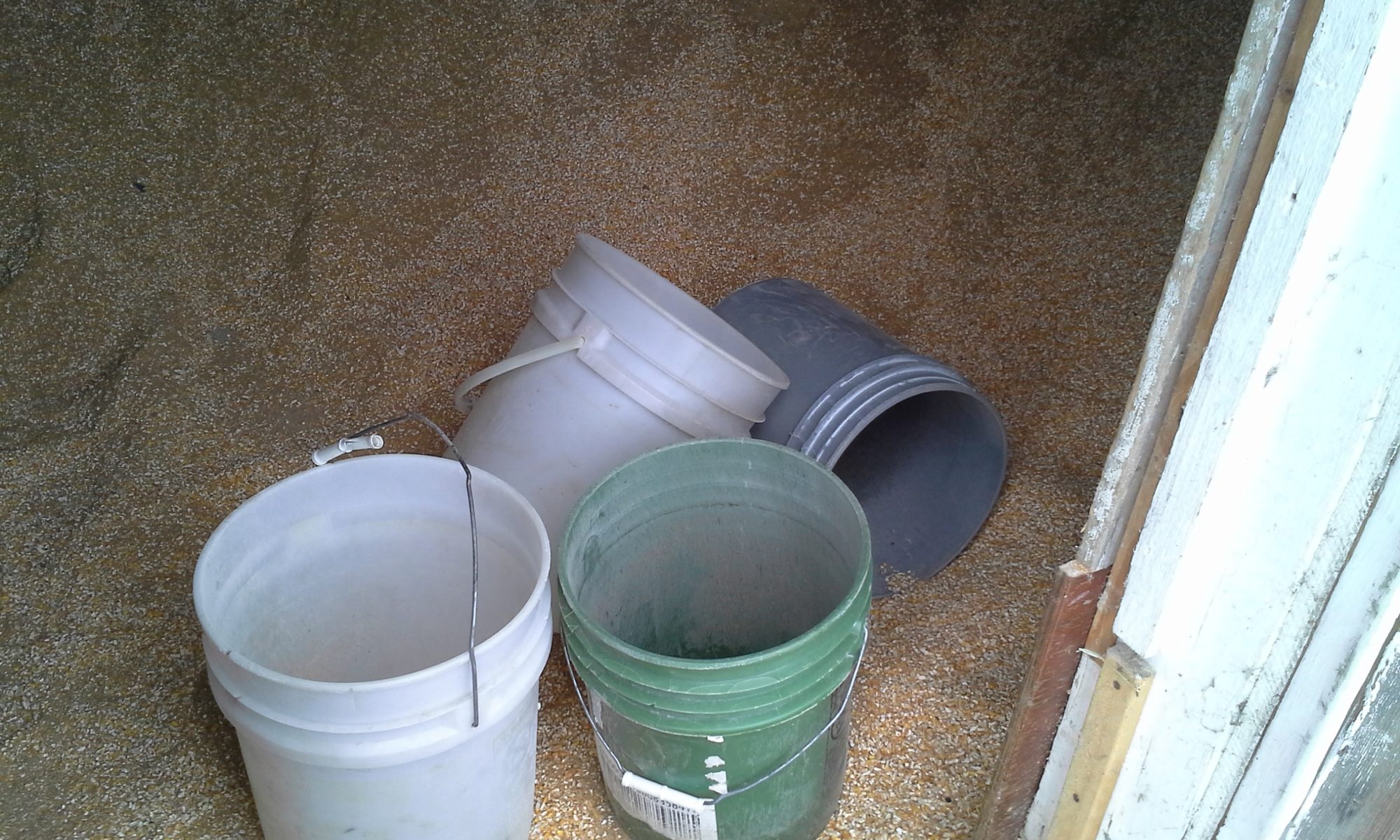I sit on a covered porch at 8pm on Wednesday evening, watching the sun decline and listening to the cooing Mourning Doves; it’s a peaceful time of day – the time when work is done and I can catch a breath. My body relaxes. The dog next to me begins to pant heavily and hides, my warning that a thunderstorm is coming; the crickets are chirping, the breeze is talking. This might be the daily solitude of my backyard in Philadelphia, but today I’m writing this from South Dakota. The dog is not my own but belongs to the Ranch and he’s filling in pretty-well for the one I left at home. I can watch the same nationally-televised newscast or scan the same standardized Dairy Queen menu, but these people are not the people of my melting-pot American experience. I haven’t traveled overseas, but I might as well have because I’ve stepped into a foreign culture.
Around the dinner table, we don’t talk about the hassle of detouring around the current street closures, the latest movies or Phillies stats. These Dakotans use words that I know when digested individually, but when used in combination, stretch my mind in new ways. Words like, “regenerative agriculture,” “soil health,” or “carbon sequestration.” How about a conversation on “Riparian-area recovery?” “High-density stocking?” Or a “right-side-up prairie?” In my head, I transfer knowledge to try and create a twinkling of meaning; inevitably, I need help understanding.
There are a few holistic ideas that I’ve learned in my first weeks here at Rock Hills Ranch that start to help others fold into place. One thing I learn is that the Great Plains is as endangered a landscape as the Rainforest. Another thing I learn is that agricultural and livestock farming practices don’t need to work in opposition to the health of these softly, rolling landscapes that were shaped millions of years ago by the glaciers.
One more big idea at Rock Hills Ranch is “legacy.” Legacy has a multitude of meanings, like a tree with many limbs. Stewardship of land is a legacy – using it while also restoring the natural prairie, working in rhythm with the landscape, keeping in mind all the wildlife of the region and not just the beef. Creating happiness within the family through all the hard work is also part of the vision around legacy. Stabilizing a financial future is also part of it. Garnet said to me, “When someone here gets married, they just don’t marry the man, instead they marry the land.” The Permans are 4th generation farmers and the future two generations are here right now. So, “The Land” is a full-partner in every aspect of life; as if it has an endowed faculty chair in the fanciest Boardroom in the best college.
I am the 6th Ranch-Life intern at RHR – a high school teacher from the metropolis. I read somewhere that South Dakota has 0.2 people occupying an acre; I believe that Philly probably has a thousand. I am not young, but I am trying to digest and understand a way of life that I’ve never encountered before beyond the latest cowboy movie. As I feel more confident in my understanding on the nexus of beef-farming practices and prairie sustainability, I will write more about it. I’ll also write more about the animals of the farm and the feeling that permeates the Ranch of being a modern-day pioneer. But for now, this is a way-of-life that can only be understood by walking through it.
– Felicia Rosen

